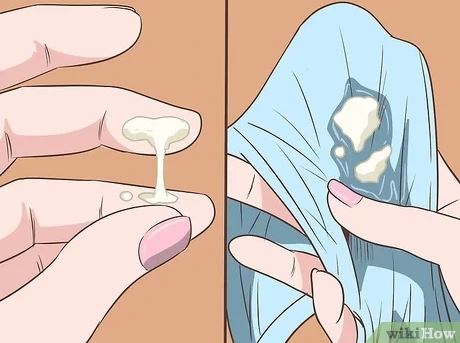
Ladies here are 5 types of female Private part discharge and what they mean
Published on August 18, 2022 at 12:50 PM by Face of Malawi
Honeypot discharge raises common questions for women, including what is normal and what is not.
The color of Honeypot fluid is often a determining factor of reproductive health, and you should pay particular attention if it is abnormal.
Different colors of Honeypot discharge mean different things, and before you start worrying about your beautiful head, read our complete guide on what each Honeypot discharge means.
Creamy and milky white
White discharge ranging from eggshell to cream may be normal. Unless your discharge is accompanied by a certain texture or smell, don’t worry too much. White discharges have the same effect as clear discharges. Maintain Honeypot lubrication during lovemaking and keep the Honeypot tissue healthy.
Clear
Also, a clear liquid that can be white is usually normal. It may have an egg white consistency. For a healthy body, elimination is the first choice to repair itself – because your Honeypot is a wonderful, self-cleansing organ. This color usually appears when you are ovulating, pregnant or have an increased libido; Everything is normal.
Cloudy grey
See your doctor when it turns white to gray, such as in storm clouds or exhaust fumes. This can be a symptom of bacterial vàginosis (BV), a very common infection in women. Your doctor may prescribe antibacterial creams or oral antibiotics.
If any of these discharge colors are accompanied by itching, pain, burning during urination, foul odor and bleeding unrelated to the menstrual cycle, you should get it checked out.
Pale yellow to neon green
Pale yellow discharge may be more common than you think. It often appears in your urine and is often caused by your diet. On the other hand, yellow-green discharge can be a sign of infection. Confirmation.
Red to dark pink
Light pink to deep pink discharge at sunset is usually a sign of the start of a cycle. But at other times it can be a sign of serious health problems. Some women often experience bleeding after lovemaking, so this can be another reason for pink discharge.


